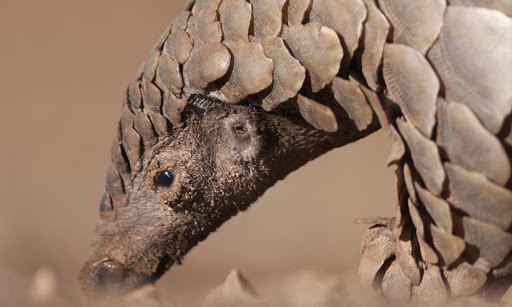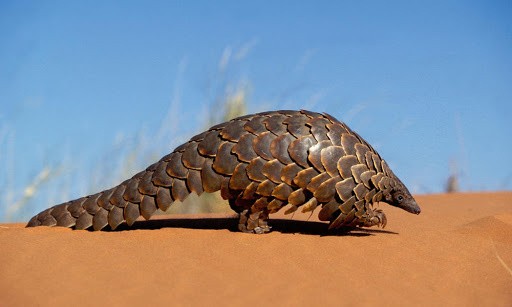Coronavirus may have a 'missing link' when it was first transferred to humans, and it involves a specific mammal called Pangolin. This was revealed by some reports of scientists claiming that bats may not be the only animal that has the ability to mutate a Coronavirus and send it to human beings. Pangolins may also do it too.
Pangolins have Coronavirus?

A paper published in Nature on Thursday, Mar. 26, identified Pangolins as the 'missing link' between bats and humans when it comes to spreading Coronavirus.
Since this mammal is also one of the most precious Chinese delicacies, experts studied its connection on spreading the virus. Scientists found out that these mammals have the same coronaviruses similar to SARS-CoV-2; however, bats still have the closest strand of the virus.
Though it was cleared out on the research that pangolins do not have a direct effect on SARS-CoV-2, it was written differently by BioRXIV organization--which sparked the rumor of the pangolin virus.
"In this study, one coronavirus isolated from Malayan pangolins showed 100%, 98.2%, 96.7% and 90.4% amino acid identity with 2019-nCoV in the E, M, N and S genes, respectively. In particular, the receptor-binding domain of the S protein of the Pangolin-CoV is virtually identical to that of 2019-nCoV, with one amino acid difference," written by Biorxiv.
New York Times debunked this article and said that there was a huge misunderstanding between the articles. The agency clarifies that the found Coronaviruses on pangolins are not on the entire pangolin virus but only on its 'spike protein.'
Pangolins have NOTHING to do with SARS-CoV-2

Peter Daszak, the president of EcoHealth Alliance, an organization that identifies animal-to-human diseases, claims that pangolins do not have a connection with spreading the virus. Though it has the same strand of Coronaviruses, bats still have the highest possibility of spreading the disease to humans.
"[It is] doubtful that this species played a role in the outbreak. We need to keep looking for the original reservoir - likely a bat," said Daszak. "Most of it is in their scales, dried, in which viruses would almost certainly not be able to persist."
On the other hand, Kristian Andersen of Scripps remains neutral regarding the pangolin issue.
"In my opinion, none of the data I have seen so far is suggesting that pangolins did serve as an intermediate host. However, that doesn't mean they didn't serve as an intermediate host," he said.
Meanwhile, Daszak said that trading these animals should not be allowed in South China wherein it showed "abundance of mixed wildlife-livestock farms that house chickens, ducks, civets, porcupines, pigs, bamboo rats, altogether all in conditions that would be conducive to viral spillover and spread"-- in order to prevent this disease coming back again.
ALSO READ: Studies Showing That Coronavirus Not Mutating Rapidly Raise Hope That Vaccine Will Have 'Long-Lasting' Protection
ⓒ 2025 TECHTIMES.com All rights reserved. Do not reproduce without permission.




